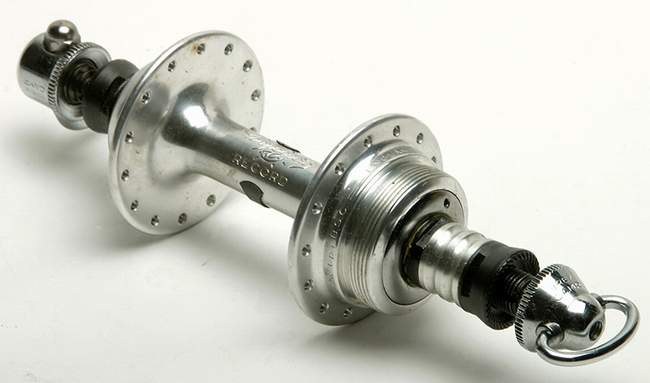After several years and several thousand miles, I finally popped a spoke on the Reynolds carbon wheels on my MTB. Actually, what happened was the spoke nipple head sheared off, freeing a spoke. The spoke itself was fine, no damage on the rim, so to repair it, I simply replaced the spoke nipple (I have a bunch of spare spokes & nipples from building wheels over the years) and re-sealed (tubeless) and retrued the wheel. In doing so, I noticed all the OEM spoke nipples are aluminum alloy. No wonder the head sheared off. Seems like a pointless exercise to save a few grams, on a MTB wheel that sees heavy duty and people run tires that weigh 600-900 grams!
I've always used brass spoke nipples on MTB and Tandems since they are stronger, they don't corrode, and they don't get bent out of shape when trued. I only use alloy nipples on road bikes where people really want to save a few grams. But since I haven't worked with carbon rims before, this had me wondering if there is a reason not to use brass spoke nipples on carbon rims. Or, maybe brass is better and I can expect more of those OEM alloy nipples to break?
I've always used brass spoke nipples on MTB and Tandems since they are stronger, they don't corrode, and they don't get bent out of shape when trued. I only use alloy nipples on road bikes where people really want to save a few grams. But since I haven't worked with carbon rims before, this had me wondering if there is a reason not to use brass spoke nipples on carbon rims. Or, maybe brass is better and I can expect more of those OEM alloy nipples to break?



